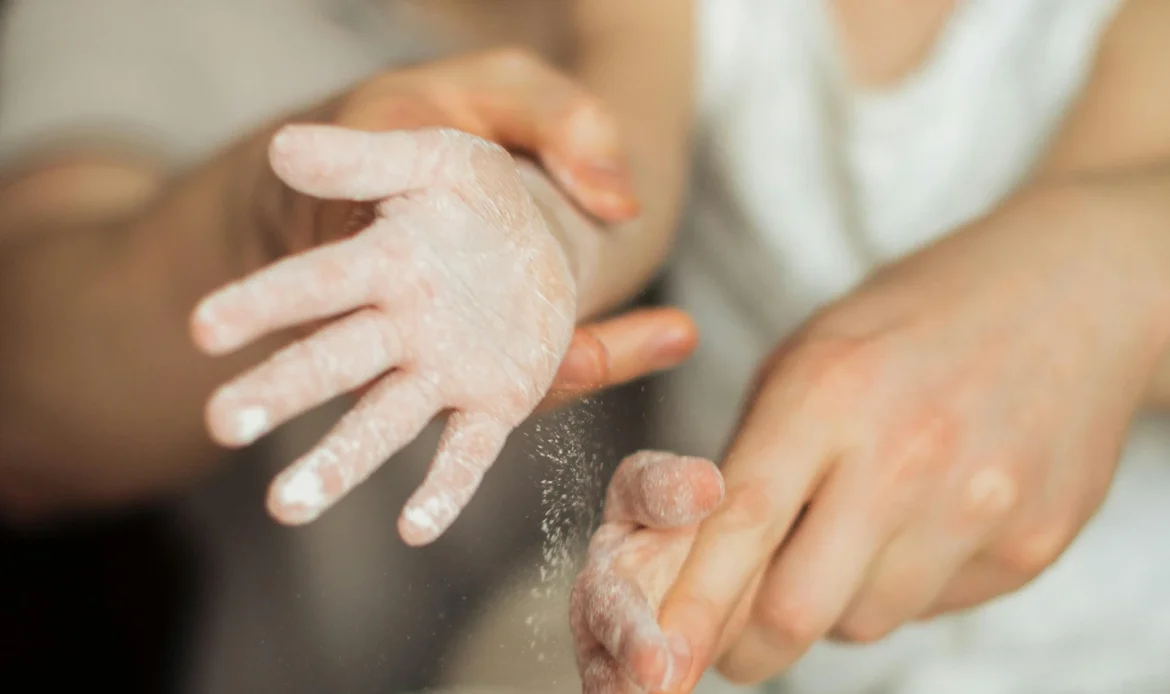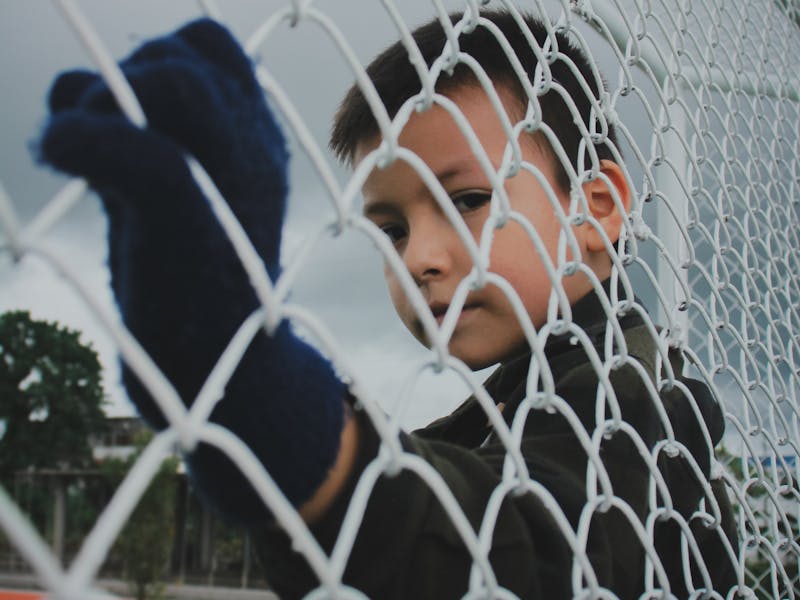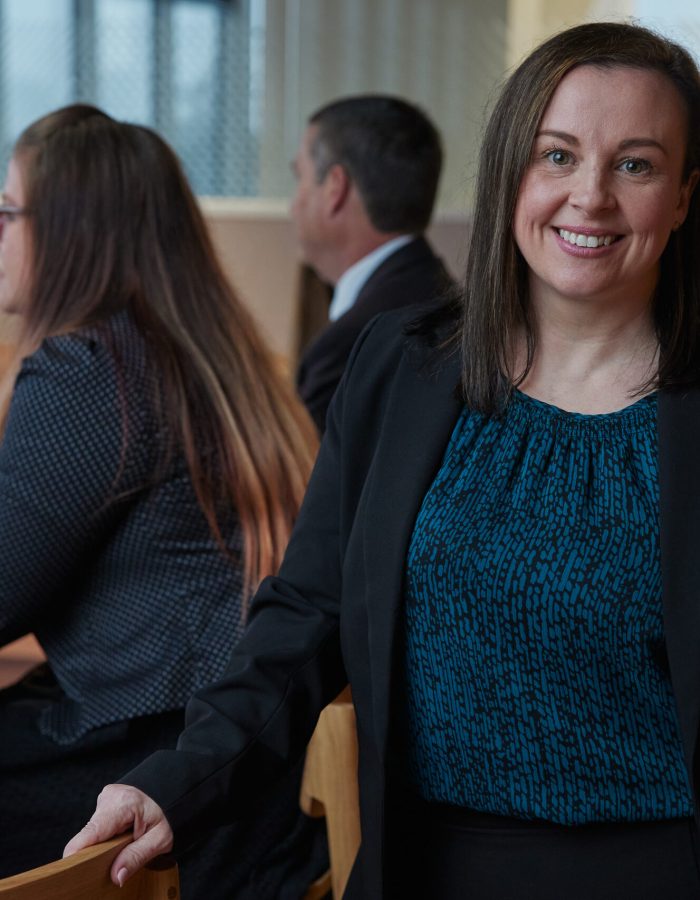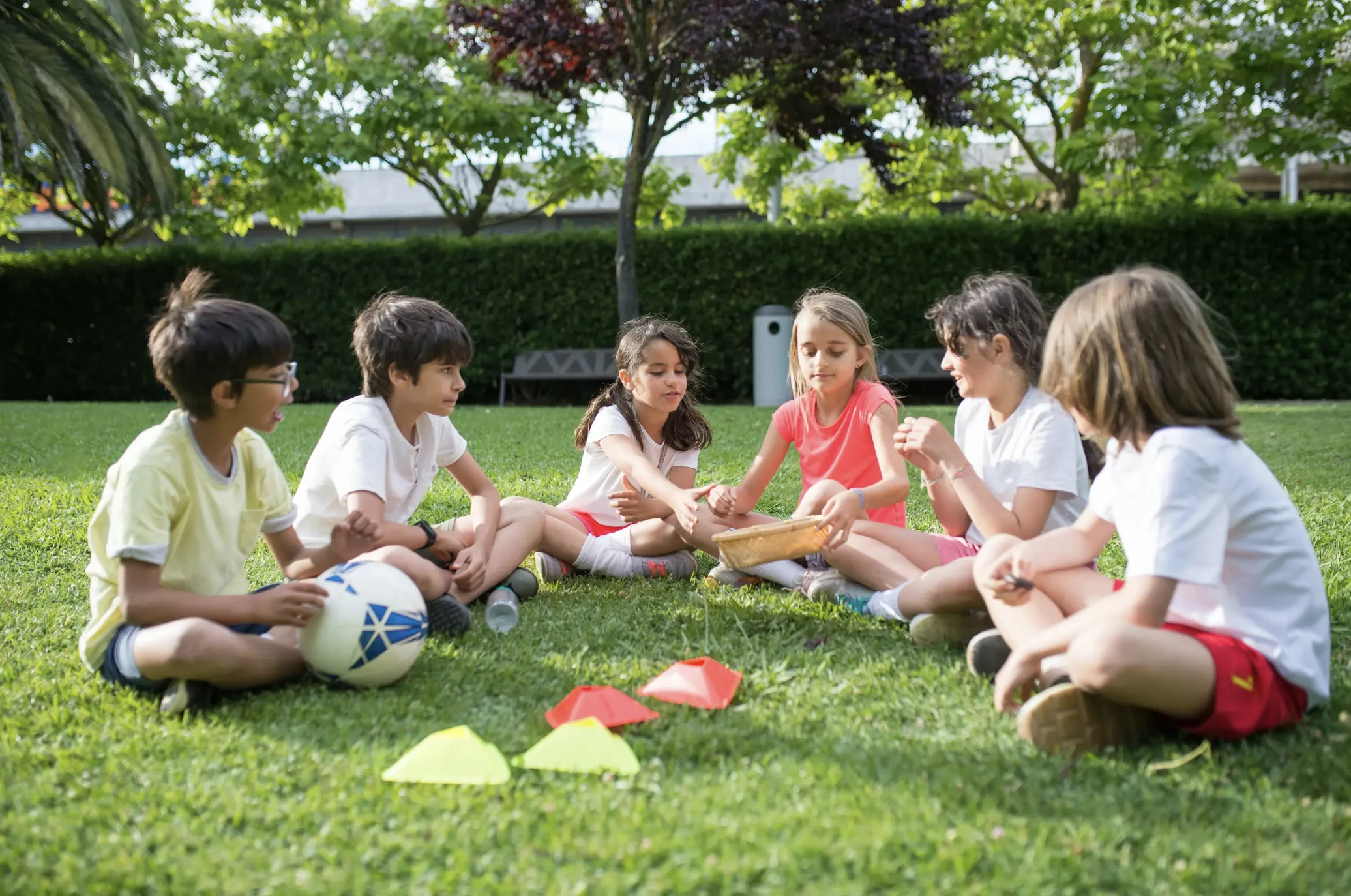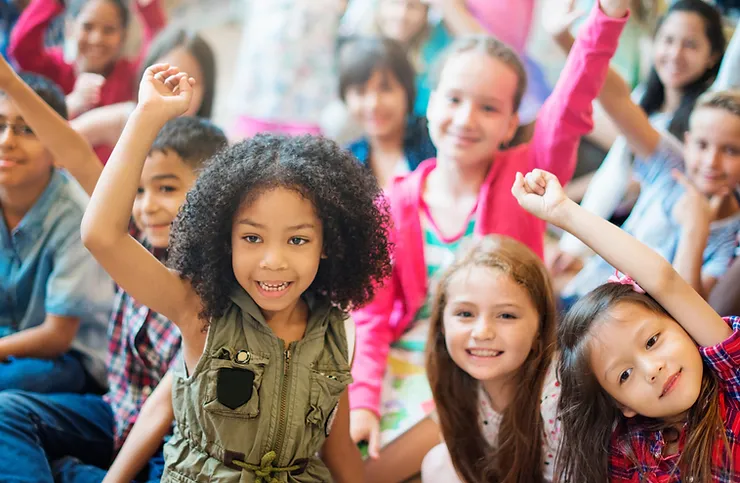Content Warning: This article contains content that discusses the sexual abuse of a child. The descriptions of child sexual abuse may be distressing or triggering for some readers. Please proceed with caution and seek support if needed.

If you work in any field connected with children, you are likely well aware of what grooming behaviours and what it means in the context of child protection and safeguarding of children and young people. Even so, it’s still prevalent and, in many instances, goes undetected.
Grooming is an term for behaviours that generally occur before child sexual abuse, which can take on many forms. Grooming is also a criminal offence in most states across Australia, and may also constitute reportable conduct. The most challenging part of grooming is that it often goes undetected or seems like ‘normal behaviour’ – until it isn’t. And by this stage, it crosses the line into sexual abuse. Children who have been groomed are often too ashamed or too afraid to speak up.
This is why it is absolutely paramount for organisations (and the wider community) to recognise early warning signs, respond swiftly and efficiently and ensure that they are dealt with correctly.
As yet another case of grooming hit the media recently – involving allegations of a 41-year-old Australian children’s author and ex-primary school teacher grooming a 13-year-old girl online, it’s a stark reminder of the necessity of both the community and organisations to work harder to prevent grooming, and therefore prevent many instances of child sexual abuse.
Recognising Grooming – Familial And Non-Familial – In Organisational Settings
Sexual grooming is a term used to describe the behaviours of a sexual predator, often towards children, used in the early stages of building a false type of trust and rapport.
Grooming can occur in a number of ways, all with the goal of having the grooming victim feel ‘safe’ enough around the perpetrator to be able to push past healthy boundaries. Grooming is a form of manipulation that creates a false sense of security in the child, which is then slowly blurred and eroded. Often a child’s family, friends and staff members are also groomed in the process, in order for the perpetrator to gain access to a child more easily.
It’s a very frequent precursor to child sexual abuse and greys the line of ‘danger’ that a person may otherwise feel if someone started sexually abusing them with no prior relationship existing. It gives the perpetrator time to test a child’s reaction to predatory behaviour and uses a variety of highly damaging and sometimes subtle, other times overt, behaviours to break down the normal responses to sexually inappropriate behaviour.

Grooming Can Occur In The Home, In Organisations, In Public Places And Online – Anywhere There Are Children Or Vulnerable Individuals.
It’s important to remember that grooming is not limited to one setting and can occur from a variety of individuals connected to children.
Grooming can happen in many settings, including:
- At home and in the homes of friends and family members
- In schools, childcare centres and after-school care
- During recreational and sporting activities
- Online – through social networks, email, text, apps and online games
- In public places, like parks and shopping centres
- In care settings, such as foster care, respite care and kinship placements
- During hospital stays and while receiving medical care
- In other settings such as churches, counselling/mentoring
Grooming is not limited to one type of conduct and occurs from:
- People known to the child (most common) – including family, teachers, carer’s coaches and other mentors
- Online ‘friends’ and strangers often occur when someone online poses as a child of a similar age to build a friendship
- Related and non-related family members
- Older children and children of the same age
- Siblings and parents, family members of children’s peer groups
- Strangers
Grooming – And The Problem With Positions Of Trust
One of the most difficult areas when it comes to recognising grooming is that many of the early behaviours are very similar (apart from in terms of the intent) and are very commonly seen in healthy relationships between children and adults in positions of trust.
A teacher may give extra praise to a child who is doing well or struggling but really making an effort. A coach may high-five kids after a win or take a group of kids on the team to and from training. A counsellor or psychologist may have conversations about how a child is being treated at home or feeling unsure about their sexual identity. A support worker may bring a child a nice gift after they’ve been through something challenging.
These are all normal and healthy behaviours from people in positions of trust, and they can be of immense value to children. Most adults can look back and credit one or more adult role models in positions of trust to make a difference in their world.
Unfortunately, these very same behaviours can be early grooming behaviours and gradually change into something with a very different intent.
Grooming Meaning – The Etymology And Evolution Of A Term Once Connected With Care
Not too many decades ago, the term grooming was a word used to describe self-care or indicate grooming a pet or how animals groom each other.
Grooming was about brushing hair, tending to nails or maintaining personal hygiene. Good grooming. or being well-groomed, was a mark of neatness and care for tending to one’s physical requirements. The word had very little association with anything untoward, let alone abhorrent, until the 1980s. At this time, US law enforcement officers used the phrase to describe early behaviours commonly seen in child sex offenders before child sexual abuse occurred.
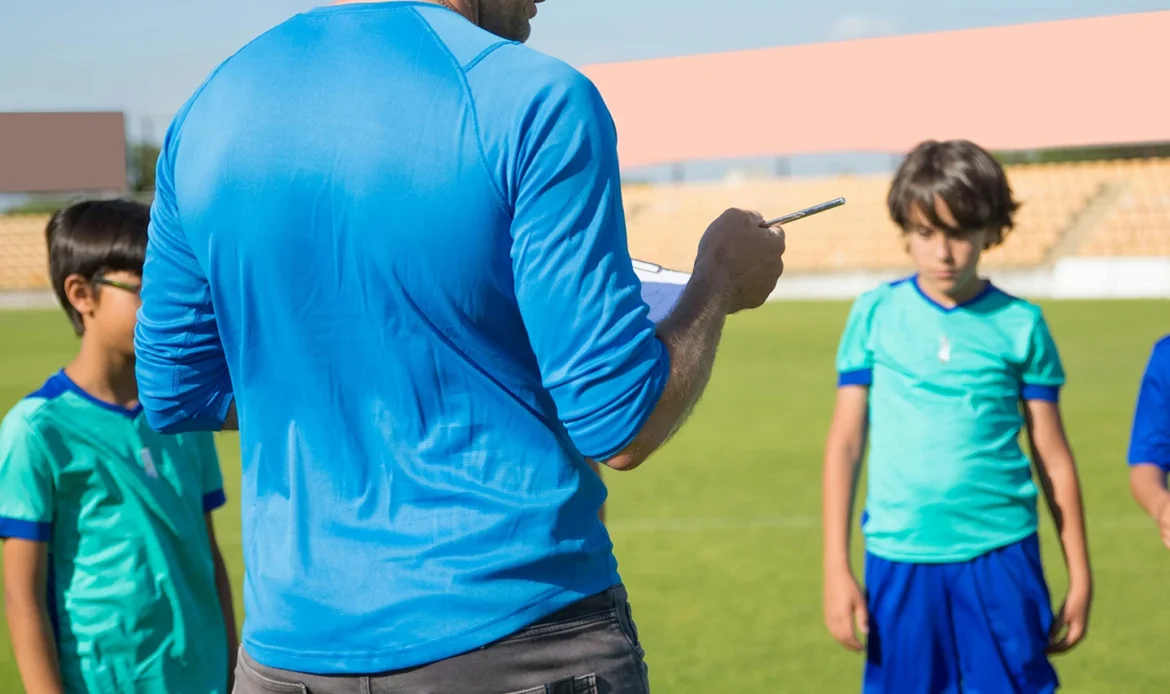
Collins Dictionary expanded their meaning of the term in 2003 – adding:
“To win the confidence of (a victim) in order to commit sexual assault on him or her.”
The word grooming has now got such a contrasting meaning in terms of application, with the only similar thread being ‘to give care and attention’ – which many would rightly argue isn’t caring at all when the outcome of sexual grooming causes serious harm and even lifelong damage to minors.
Types Of Grooming To Be Aware Of In Your Organisation
Grooming is a complex and insidious process used by child abusers to gain the trust of their victims and manipulate them into sexual abuse.
The methods employed can vary greatly depending on the relationship between the offender and the victim. These strategies often involve a combination of special attention, physical contact, rewards, threats, secrecy, and manipulation and can be particularly effective in gaining compliance while avoiding detection. Understanding these methods is crucial for prevention and intervention.
“The techniques a child molester employs are most influenced by the relationship between the offender and the victim. Although acquaintance child molesters are sometimes violent, to avoid discovery, they tend to control their victims primarily through this seduction or grooming process.”
Kenneth V. Lanning – The Evolution of Grooming: Concept and Term
Specific Types Of Grooming That Are Recognised As Common Early Warning Signs Of Child Sexual Abuse
Unfortunately, child groomers use a plethora of techniques, which we will look at briefly below. This is by no means an exhaustive list, but it will hopefully shed some light on a number of grooming types to be aware of when looking out for red flags.
Some Examples Of Grooming Include:
The ‘Reward’ Strategy
Offenders often use rewards to gain a child’s trust and compliance. This might include giving gifts, special privileges, or attention. The goal is to make the child feel indebted or special, which can create a sense of obligation and dependence.
Children may feel ‘special’, like they are being recognised and rewarded for good behaviour, and even feel lucky to have this type of attention.
The ‘Fear’ Strategy
This approach involves using threats or intimidation to control a victim. The abuser may threaten harm to the child or their loved ones if they do not comply or if they reveal the abuse.
Fear is a highly damaging tool to ensure silence and submission. It’s often not used from the beginning, but in some cases it is. Children may withdraw, seem scared, avoid places or people or shut down when spoken to if this is being used.
The ‘Friend’ Strategy
By posing as a friend, an offender can build a trusting relationship with the child. This method involves spending time with the child, showing interest in their life, and becoming a confidant. The child may feel a strong emotional bond, making it harder to recognise the manipulation. The perpetrator may engage in overly personal and intimate conversations or activities whilst masquerading as a ‘friend’.
This is particularly detrimental to children who may be lacking a social circle or having problems at home or with a parent. It’s even harder to identify as it can mimic very normal and healthy behaviours from a mentor, teacher or relative and feel devastating to children when they understand the person means them harm.
The ‘Older’, Helpful Person Strategy
An offender may take on the role of a mentor or protector, offering guidance and support to a child in need. This position of apparent authority and kindness can make it difficult for the child to see the true intentions behind the actions.
This is similar to the ‘friend’ strategy, and it also makes children feel like someone cares about them and understands them.
The ‘Secrecy’ Strategy
Encouraging secrecy is a common tactic in grooming. Offenders will often tell the child that their relationship must be kept secret, framing it as something special or unique that others wouldn’t understand – or may be jealous of. This secrecy isolates the child and prevents them from seeking help.
The ‘Online Friend’ Strategy
With the rise of the internet, grooming has increasingly moved online. Offenders may create fake profiles and build relationships with children through social media, gaming platforms, or chat rooms.
Online grooming can be particularly dangerous as it can happen quickly and without the knowledge of parents or guardians. Children often access the internet in isolation meaning that the perpetrator is able to communicate with a child 1:1 without the protections of those around them.
The ‘Special Attention’ Strategy
While this method weaves throughout many of the forms of grooming, it can be used as standalone involves giving a child extraordinary attention and praise, making them feel special and valued. This attention can fill emotional voids, making the child more susceptible to manipulation.
The Friend of the Family / Position of Authority or Influence Strategy
Offenders often exploit their roles within the community, such as being a family friend, coach, teacher, or religious leader. Their position of trust and authority can make it easier to access and groom children without raising suspicion.
It also allows predators to gain access to children that they would not otherwise have the same type of access to.
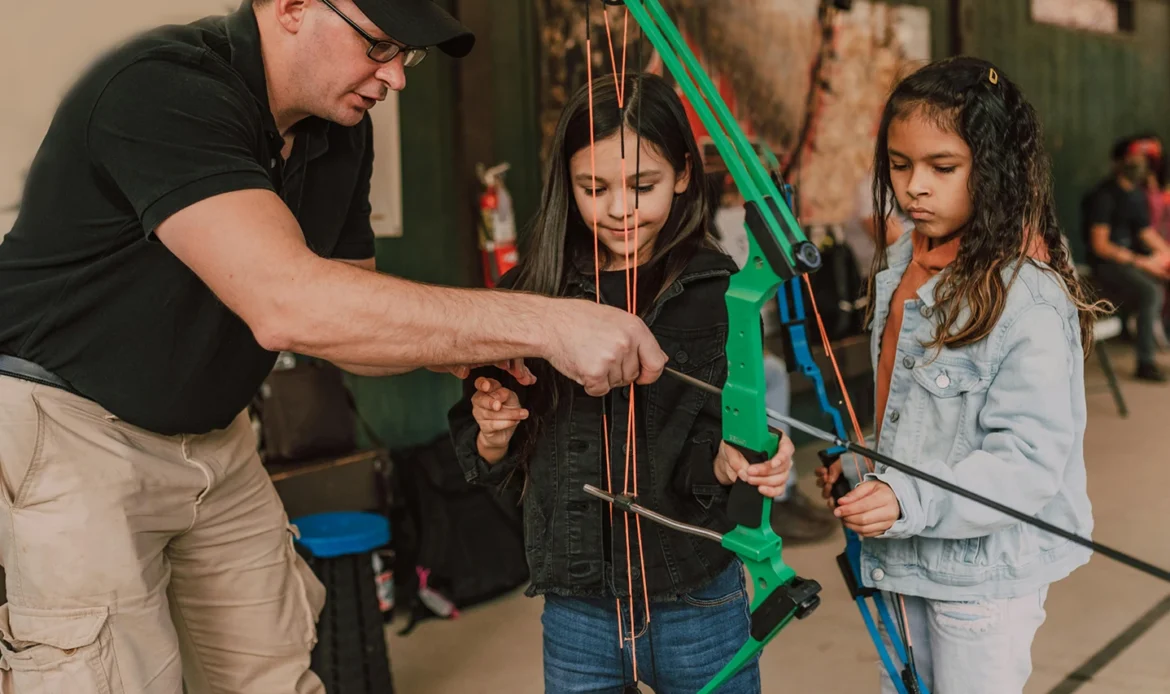
What Is Psychological Grooming?
Psychological grooming involves manipulating a child’s emotions and thoughts to gain control. This can include making the child feel special, instilling fear, or creating confusion. Recognising these psychological tactics is essential for effective intervention.
Normalising Sexual Behaviours
Groomers may gradually introduce sexual content or behaviours to normalise them. This could involve showing pornography, making inappropriate jokes, or initiating physical contact.
‘Grooming – regardless of the method used, these behaviours have an end goal of developing a ‘close’ relationship of trust with a child or vulnerable person – and then start moving the goalposts, blurring the lines and distorting them – so they can then be easily crossed.’
The goal is to desensitise the child to sexual behaviour, making them more compliant. Depending on the age of the child, it may even feel like someone is letting the child understand concepts that others have not, and this in itself can create the ‘special connection’.
Sexualised Behaviour In Children – A Frequent Indicator Of Grooming And Current Or Previous Child Sexual Abuse
Sexualised behaviours in children, can be due to exposure to inappropriate sexual material, grooming or sexual abuse.
It’s normal for children of all ages to display a variety of sexual behaviours, which are a natural part of development.
Children who have specific knowledge of sexual acts much younger than is developmentally appropriate is often an indicator of harm. Inviting or forcing other children to participate in sexual acts is also a common indicator of abuse. Acting sexually inappropriately with adults is another indicator that a child has been unable to develop healthy and age-appropriate boundaries.
If you observe changes in a child with whom your organisation works, it’s essential to address them. In many cases, it may not be sexual abuse causing the behaviours – but in some, it will be.
How Long Does Grooming Last?
Grooming can last for days, months, or even years. The length of time can depend on the offender’s patience and the child’s responses. Many attempts will be abandoned, even though the intent was there. Early detection and intervention are key to preventing prolonged abuse.
Keep Open Dialogue About ‘Adult Friends’ and Support People
Encouraging children to talk openly about their relationships with adults can help in identifying grooming. Regular conversations and reassurance can make children more comfortable sharing their concerns.
Listening to Children When They Say an Adult Makes Them Feel Uncomfortable
It’s crucial to take children seriously when they express discomfort around certain adults. Listening and validating their feelings can prevent potential grooming and abuse. Listening to a child’s peers is also important, as often friends may notice unusual patterns developing and hold genuine concern for their friend.

Checklist for Organisations to Prevent and Respond to Grooming
Organisational Prevention Strategies
Comprehensive Policies and Procedures
- Develop and enforce a clear policy on child safety and grooming prevention.
- Regularly review and update policies to reflect current best practices.
- Ensure policies are compliant with the Reportable Conduct Scheme so that grooming and sexual misconduct are properly reported.
Staff and Volunteer Screening
- Conduct thorough background checks on all employees, volunteers, and contractors.
- Implement regular re-screening processes.
Training and Education
- Provide mandatory training for all staff and volunteers on recognising and preventing grooming behaviours and indicators of harm.
- Include information on online grooming and the use of technology in training programs.
Code of Conduct
- Establish a code of conduct that outlines acceptable and unacceptable behaviours with children, including appropriate professional boundaries.
- Ensure all staff, volunteers, and participants understand and agree to the code of conduct.
Clear Reporting Mechanisms
- Create clear, accessible channels for reporting suspicions or incidents of grooming and sexual misconduct, including under the reportable conduct scheme (if applicable in your state).
- Ensure children are aware of how to raise a concern about the conduct of a person who may be engaging in grooming behaviours towards them or a peer.
Supervision and Monitoring
- Implement supervision protocols for interactions between adults and children, especially in one-on-one situations.
- Use security cameras and other monitoring tools in appropriate areas and where legally appropriate.
Parent and Community Engagement
- Educate parents and the community about grooming and how to recognise warning signs.
- Encourage open communication between the organisation and parents.
Safe Use of Technology
Establish guidelines for staff and volunteers to use technology and social media appropriately.
Monitor online interactions involving children and staff within the organisation’s platforms.
Organisational Response Strategies For Potential Grooming Incidents
Immediate Action on Reports
- Respond promptly and appropriately to all reports of grooming or suspicious behaviour.
- Take immediate steps to ensure the safety of the child or children involved.
- Ensure compliance with reporting obligations including to Police and under the Reportable Conduct Scheme
Internal Investigation
- Conduct a thorough investigation following any reports or allegations.
- Ensure investigations are impartial, documented and comply with relevant reportable conduct schemes.
External Reporting
- Report incidents to relevant authorities, such as child protection services, law enforcement or other regulators, as required by law.
- Cooperate fully with external investigations.
Support for Victims
- Provide access to counselling and support services for victims and their families.
- Ensure ongoing support and communication throughout the investigative process.
Transparency and Communication
- Keep affected parties informed about the status of investigations and actions taken.
- Maintain transparency while respecting confidentiality.
Review and Improve Policies
- After any incident, review and assess the effectiveness of existing policies and procedures.
- Make necessary improvements to prevent future occurrences.
Reinforce Training
- After an incident, additional training should be provided to all staff and volunteers to reinforce prevention and response strategies.
- Address any gaps identified during the incident review.
Creating a Child-Safe Culture
Promote a Child-Centred Approach
- Ensure that the organisation’s culture prioritises the safety and well-being of children in all activities and decisions.
- Encourage a proactive stance on child protection among all members.
Encourage Open Communication
- Foster an environment where children feel safe to express their concerns and report inappropriate behaviour.
- Regularly remind children and parents about the importance of speaking up.
Regular Audits and Assessments
- Conduct regular audits of child protection policies and practices.
- Engage external experts to assess the organisation’s safeguarding measures.
Empower Children
- Educate children about their rights and how to recognise and report grooming behaviours.
- Provide age-appropriate training on personal safety and boundaries.
Community Collaboration
- Work with other organisations, schools, and community groups to share best practices and resources on grooming prevention.
- Participate in community awareness campaigns.
By implementing these strategies and regularly reviewing and updating them, organisations can create a safer environment for children and effectively prevent and respond to grooming behaviours.
If your organisation needs help to implement any of the procedures or policies mentioned above, or needs support to respond to an incident – please get in touch with the team at Safe Space Legal.
This is general information only. Please contact us for expert legal advice that considers your unique personal situation before making any decisions based on this article.
Patrice Fitzgerald is the Principal Lawyer and Director of Safe Space Legal. Patrice has over 20 years of experience working in the legal sector, predominantly in safeguarding and child protection.
Patrice has extensive expertise supporting organisations to comply with their safeguarding obligations. Alongside her role at Safe Space Legal, Patrice is also a Member of the Victorian Civil & Administrative Tribunal in the Review and Regulation List (Child Welfare).

